Panier
Close
- No products in the cart.
Sous total (Hors frais de livraison)
0,00€
Payer
Expédition et livraison
Réparation et maintenance
Wing foiling is a new board sport whose first sensations take a little longer than those of windsurfing or kitesurfing. However, once you’ve mastered the waterstart, you’ll progress quickly and safely.
But what’s the waterstart in wingfoil? Also known as take-off, it allows you to lift off from the surface of the water and take flight. All that’s left to do is glide!
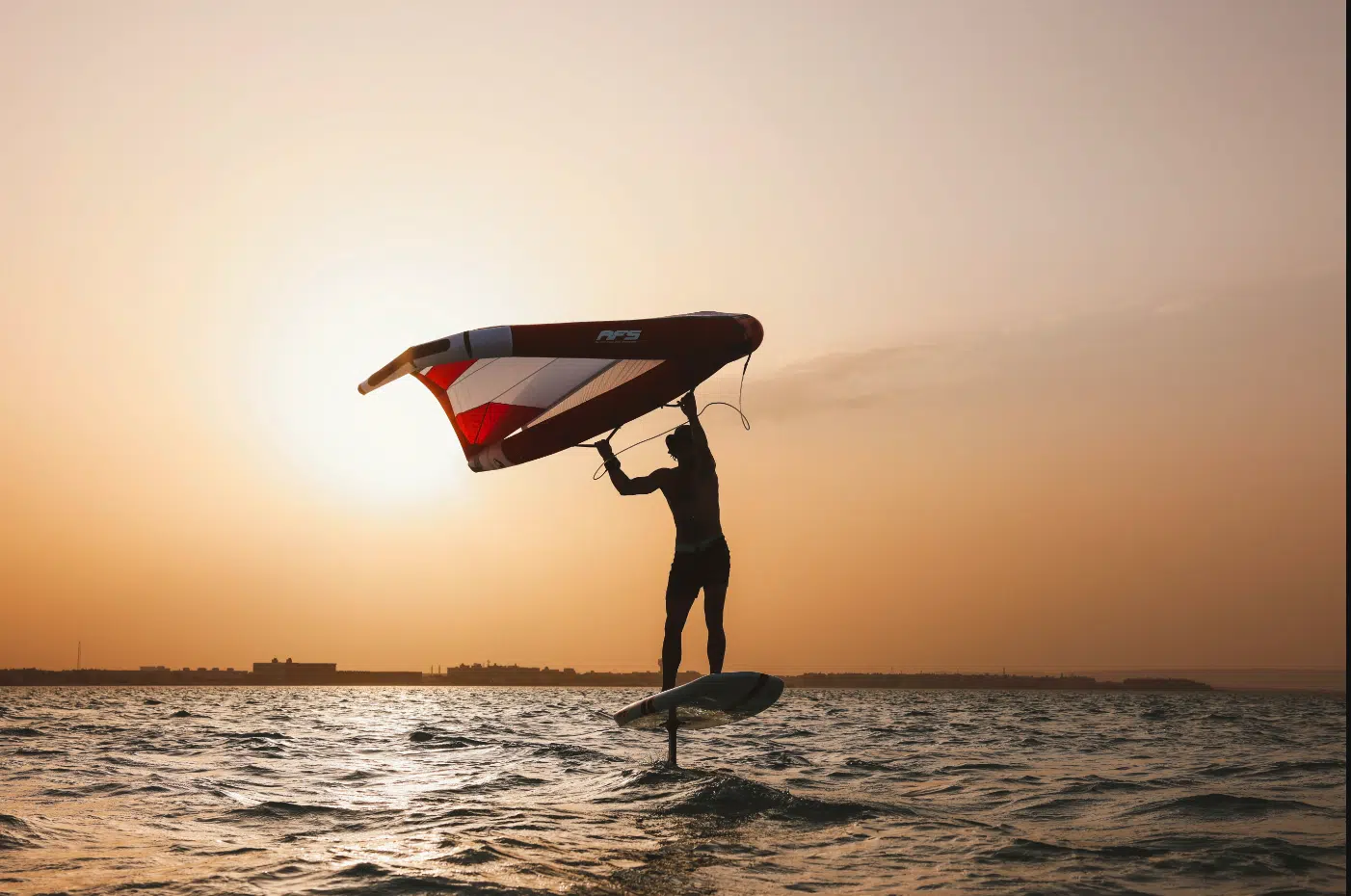
The waterstart is an essential step when starting out in wingfoil and making your first flights. And our glider is an invaluable asset for this manoeuvre…
There are several waterstart techniques for optimizing board climbing. The most common is to ride on your knees. For riders still in the learning phase, use wing gear adapted to your level: choose a board that’s around 35-40 liters heavier than your body weight, to be as stable as possible. The foil is also very important: choose a mast of around 75 cm and a front wing of around 1700 cm². Finally, make sure you have enough power in the wing.
The second technique requires more experience. It involves sinking your float on a board with a volume of less than 40 liters.
Whether you’re a beginner or not, the most common wingfoil take-off is to sit on your board and then gradually stand up. And finally take off. Here’s how it works.
As you can see, in wing foil, the sail plays an essential role in the water start. Not only does it stabilize the board, it also generates speed and provides the power needed to get out of the water. And finally to take off. Mastering the wing depends on precise coordination between wind management and board movement.
On a float of less than 40 liters, it’s perfectly possible to perform a water start with the board underwater (before take-off). All you have to do is straighten up in two seconds. This favors the straddle position (as if you were sitting on a horse), so you don’t have to be on your knees.
But before you attempt anything, you need not only to have a good level of wingfoil, but also to master pumping and to be well sheeted during your session. You’ll also need a steady wind and sufficient water depth.
And what’s the technique? With your buttocks on the back of the board, press down on the nose of the board with your front hand just before you stand up. Use the wing as a buoy, with your back arm resting on it. Raise the wing in a fraction of a second and stand up. The nose of the board should face the surface of the water, so the board is tilted. The rear of the board is tilted towards the bottom of the water.
Make sure you distribute your weight evenly so that the float’s trim is well balanced. If you have footstraps, the front foot will be put on first. Keep pressing down with the back foot to sink your board to the bottom. The board should be leaning from bottom to top (almost vertical underwater).
Finally, pump up very quickly to get out of the water and into the air.
Our sail is a great help when we need to take off in a wing… But the foil is also indispensable…
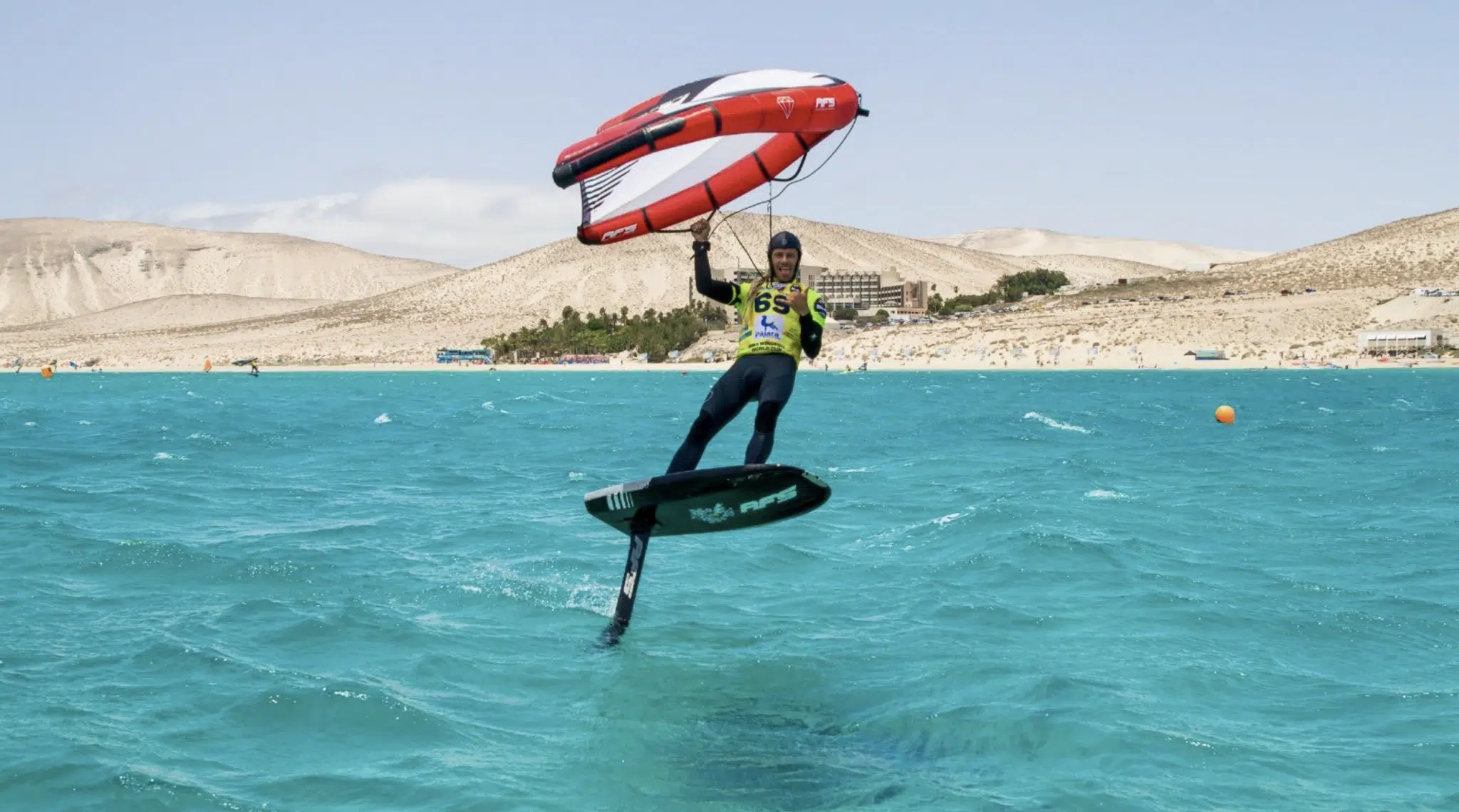
To facilitate the water start maneuver, the foil can be an invaluable ally. Here are a few tips on how to use it to your advantage:
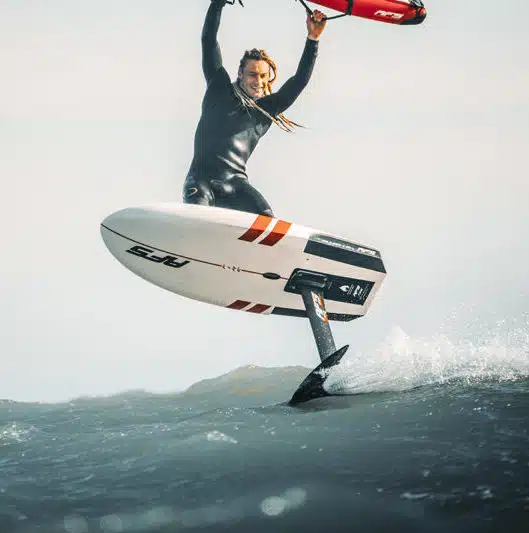
There are certain mistakes to be avoided when water starting, but which are the most common?
Mastering the waterstart in wingfoil is the key to getting airborne quickly and having fun on the water! By learning to save your energy before take-off, you’ll quickly feel at ease and be able to enjoy your sessions to the full. So don’t hesitate, put our advice into practice and become the queen or king of the spot!
Click & Collect
Secure payment in 3 or 4 instalments
Advice from enthusiasts
Satisfied or your money back
2 to 3 years warranty
Worldwide delivery
Votre emplacement actuel et les langues disponibles
Your current location and available languages
Build your complete foil equipment according to your practice and objectives.
Answer a few quick questions and get a suggestion.
Compare up to three stabilizers side by side.
Coming soon...
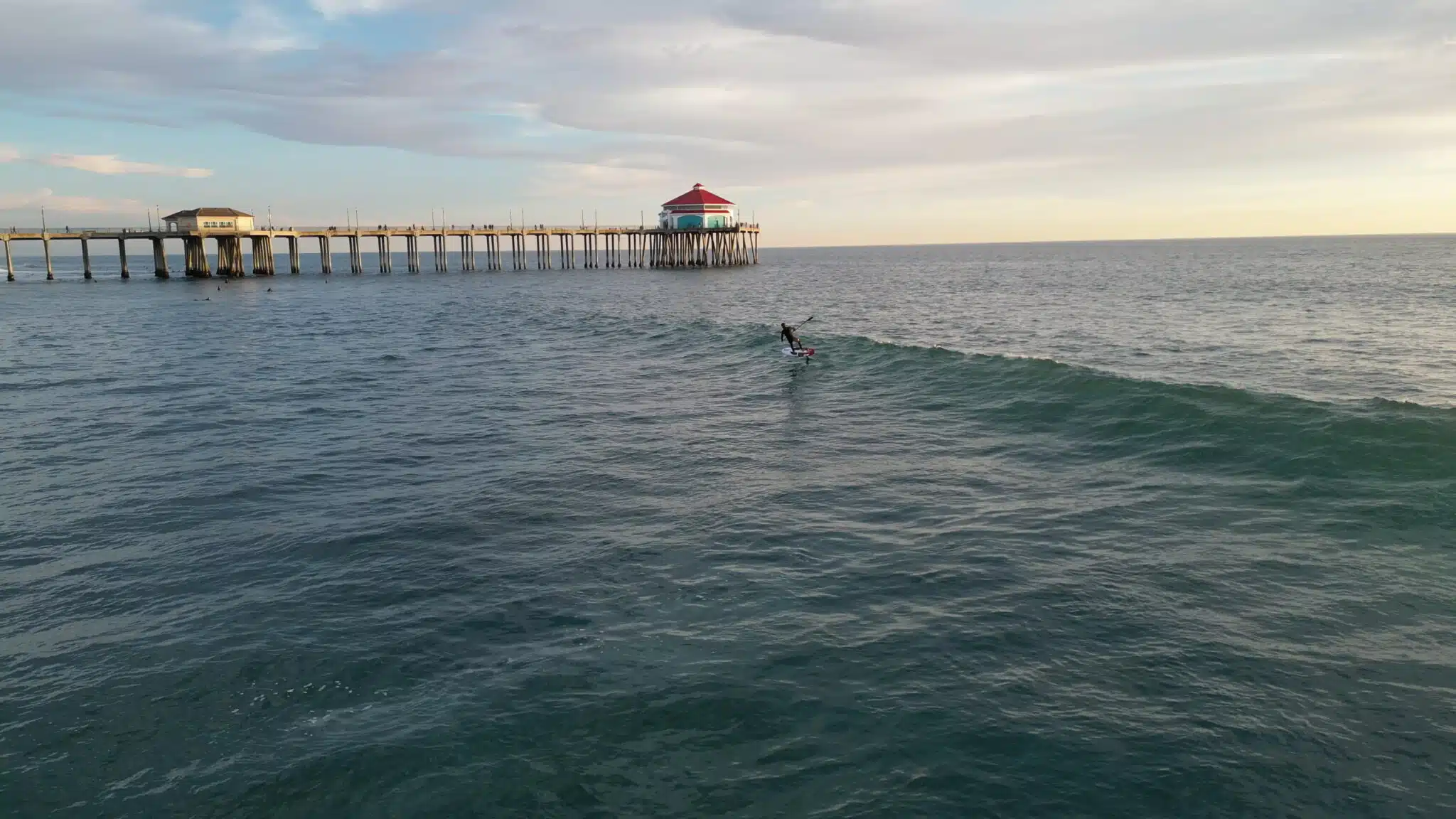
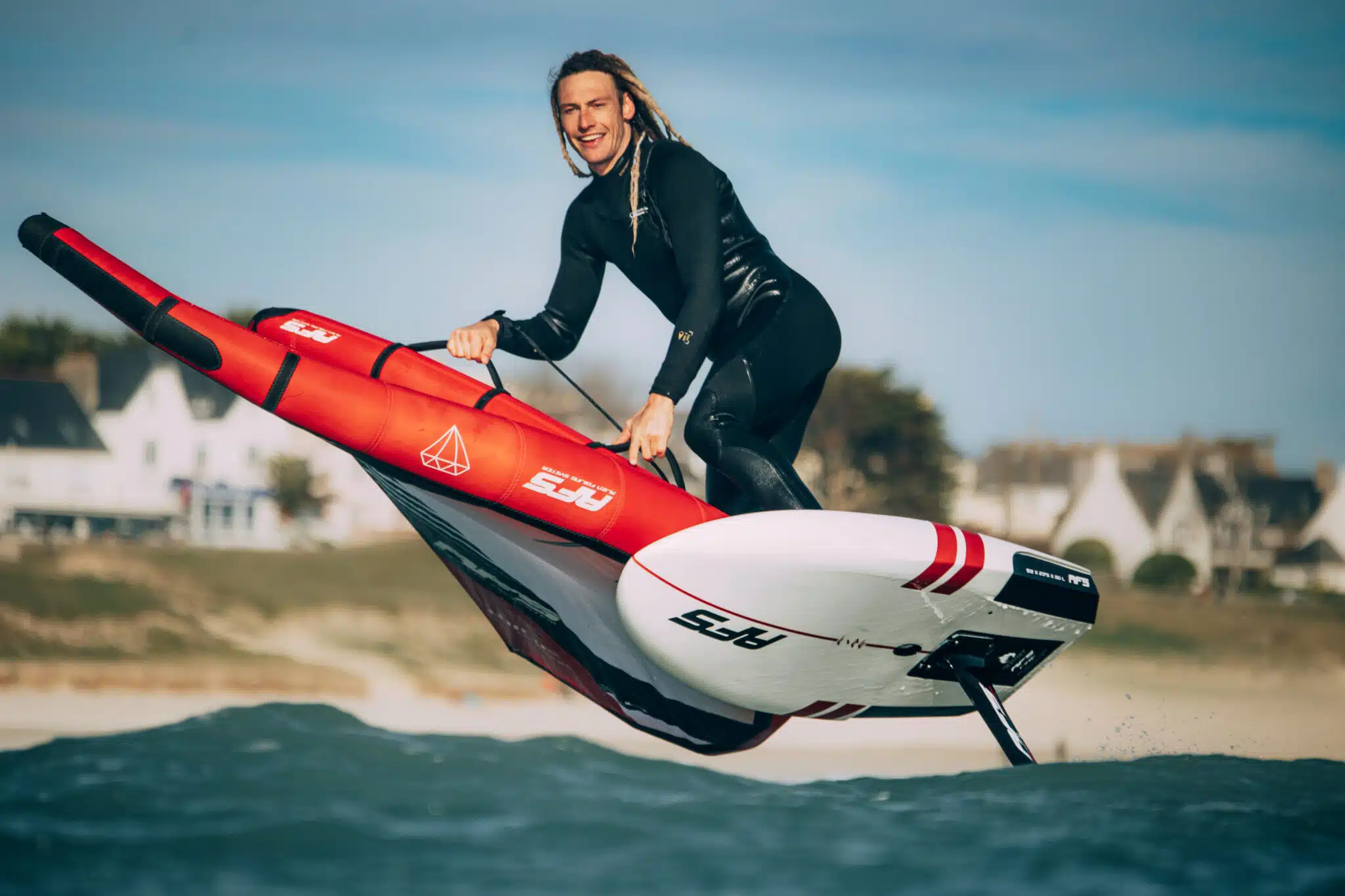

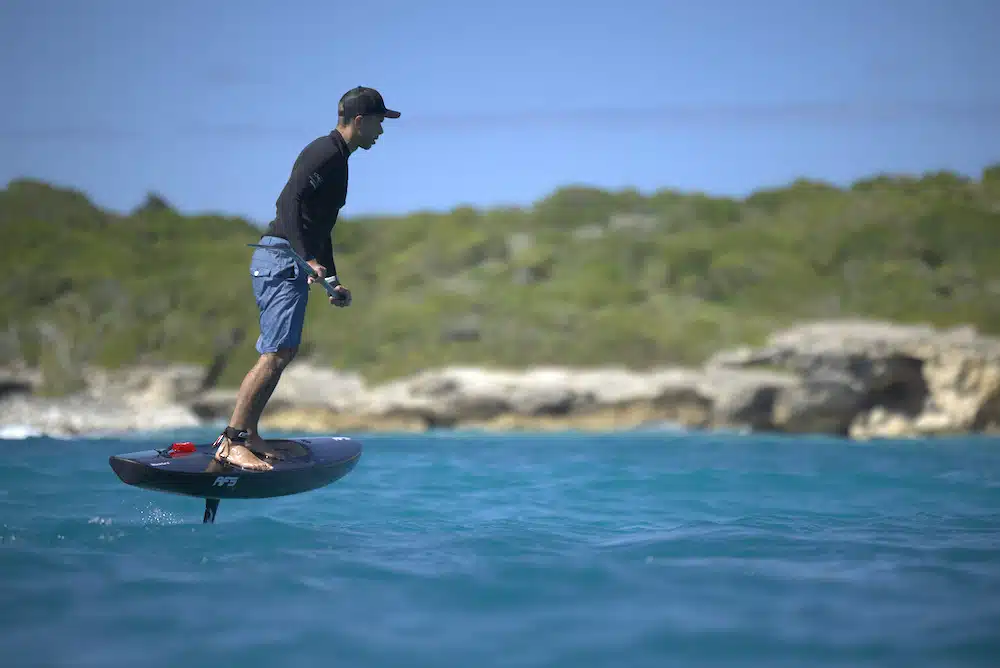
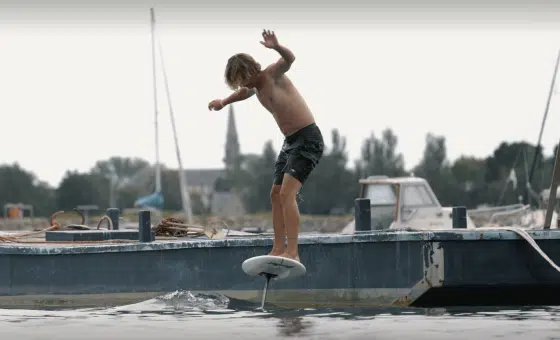
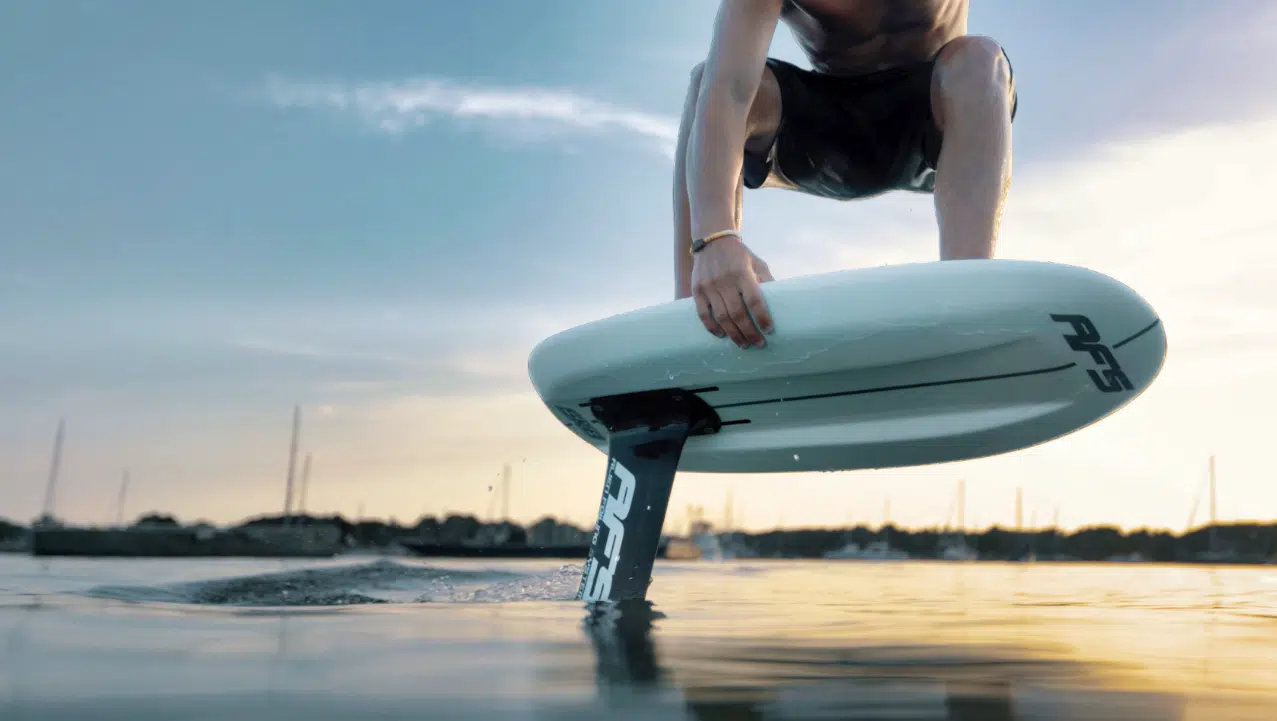
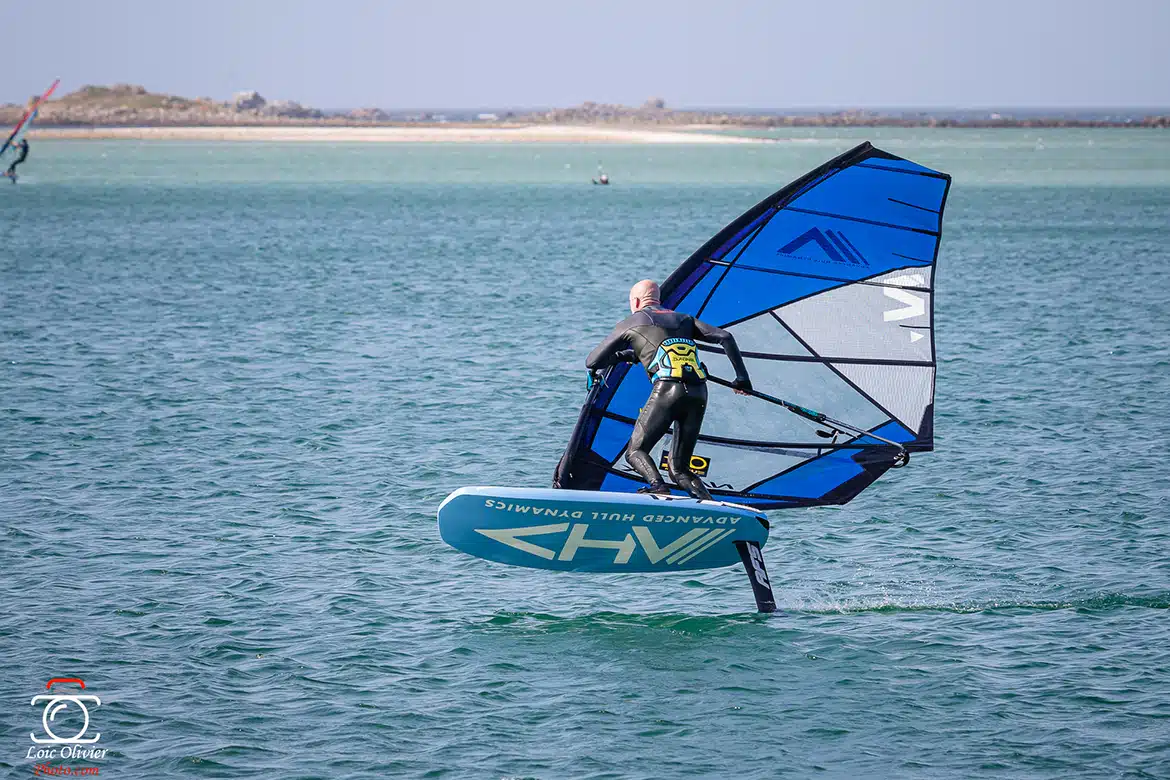
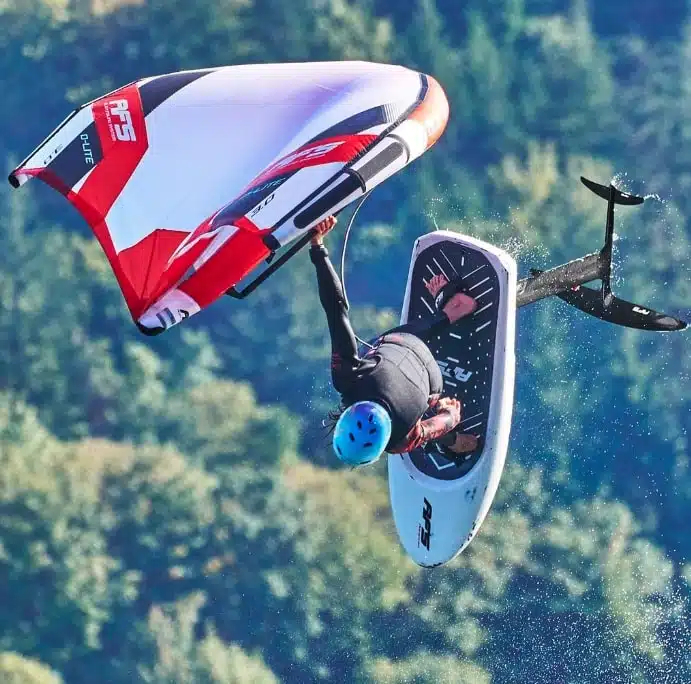
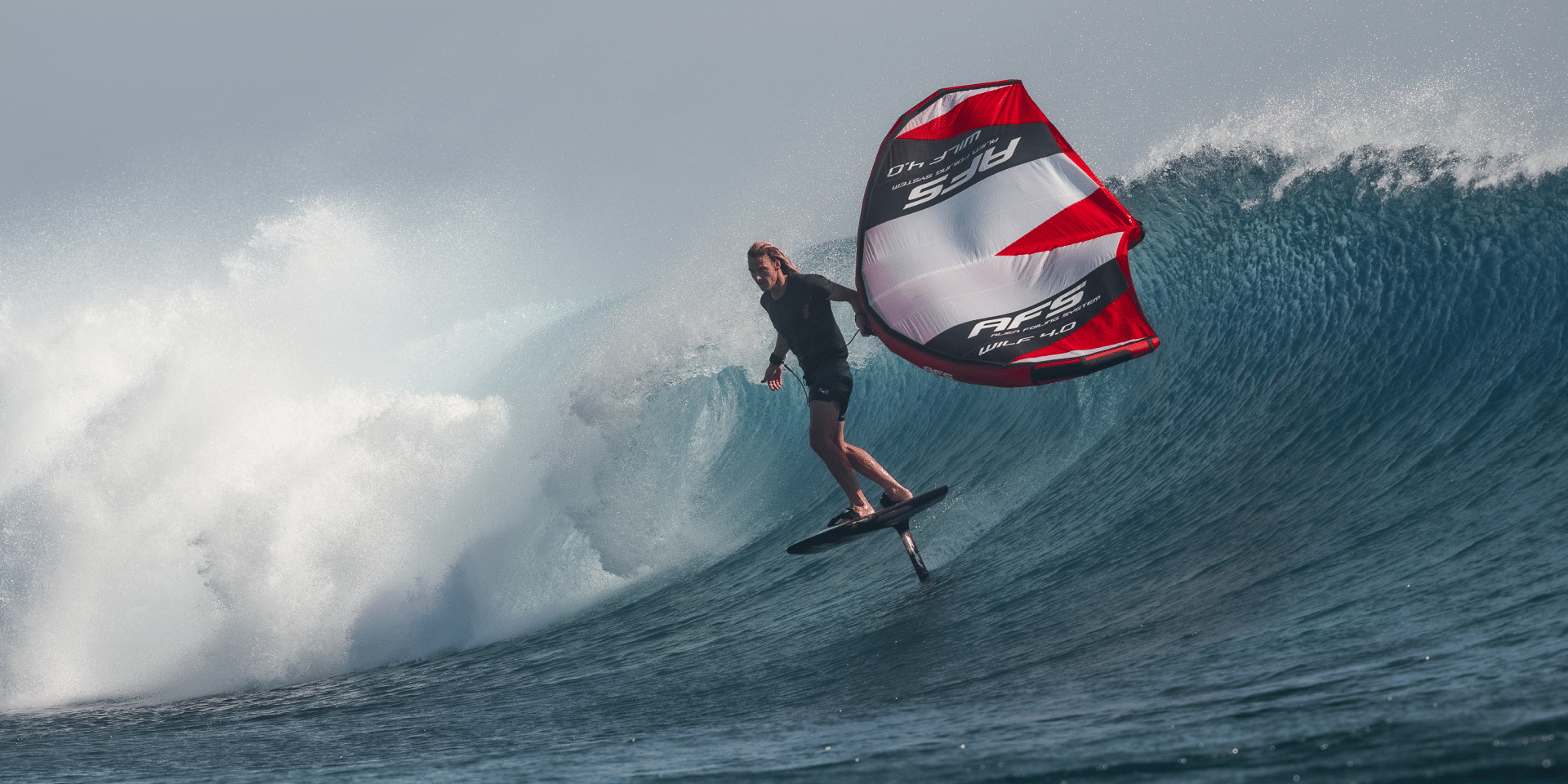
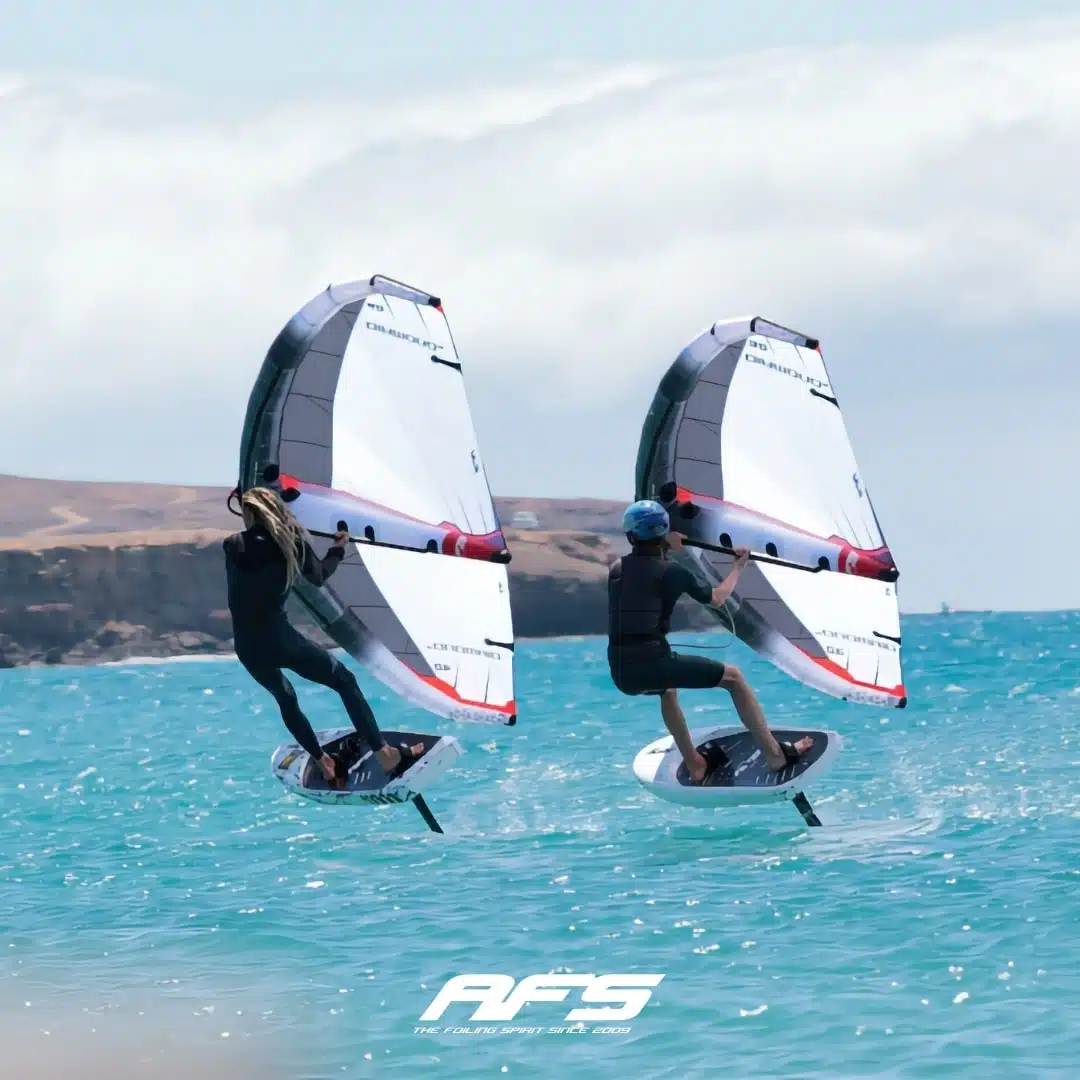
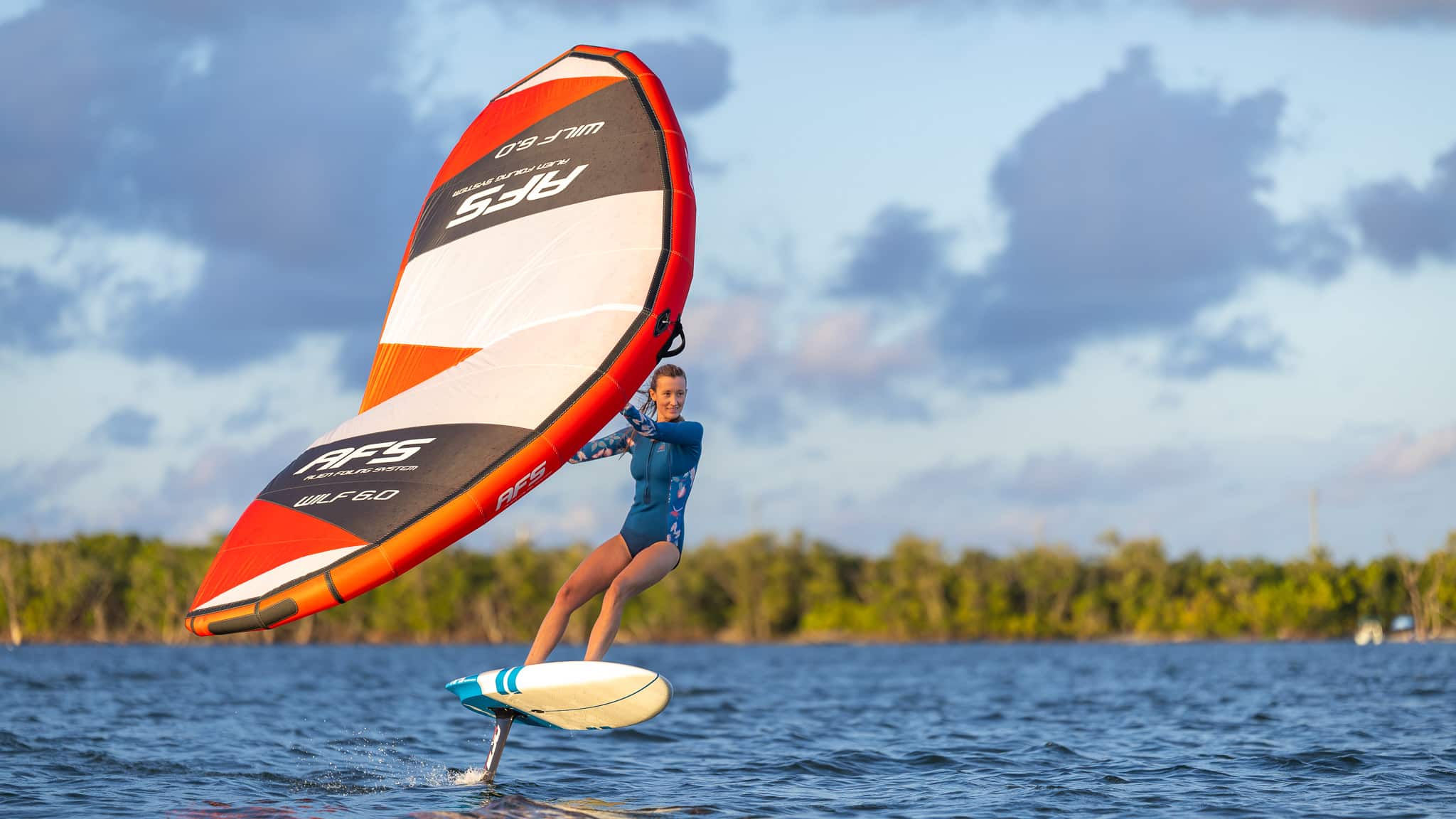

You will receive a product in excellent condition, with a few minor scratches from use.
Your product may have a few minor scratches or visual defects, but it's ready to take to the water again!
Despite deeper scratches or more pronounced visual defects, your product can take to the sea without hesitation: at this price, it's a shame to miss out!